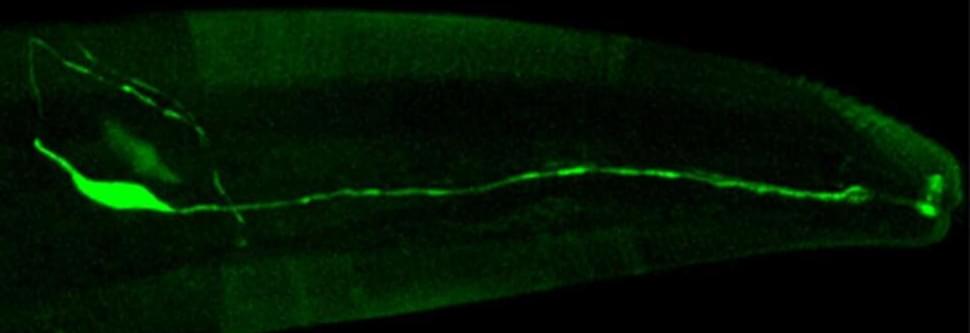Say you live across from a bakery. Sometimes you are hungry and therefore tempted when odors waft through your window, but other times satiety makes you indifferent. Sometimes popping over for a popover seems trouble-free but sometimes your spiteful ex is there. Your brain balances many influences in determining what you’ll do. A new MIT study details an example of this working in a much simpler animal, highlighting a potentially fundamental principle of how nervous systems integrate multiple factors to guide food-seeking behavior.
All animals share the challenge of weighing diverse sensory cues and internal states when formulating behaviors, but scientists know little about how this actually occurs. To gain deep insight, the research team based at The Picower Institute for Learning and Memory turned to the C. elegans worm, whose well-defined behavioral states and 302-cell nervous system make the complex problem at least tractable. They emerged with a case study of how in a crucial olfactory neuron called AWA, many sources of state and sensory information converge to independently throttle the expression of a key smell receptor. The integration of their influence on that receptor’s abundance then determines how AWA guides roaming around for food.
“In this study, we dissected the mechanisms that control the levels of a single olfactory receptor in a single olfactory neuron, based on the ongoing state and stimuli the animal experiences,” said senior author Steven Flavell, Lister Brothers Associate Professor in MIT’s Department of Brain and Cognitive Sciences. “Understanding how the integration happens in one cell will point the way for how it may happen in general, in other worm neurons and in other animals.”
